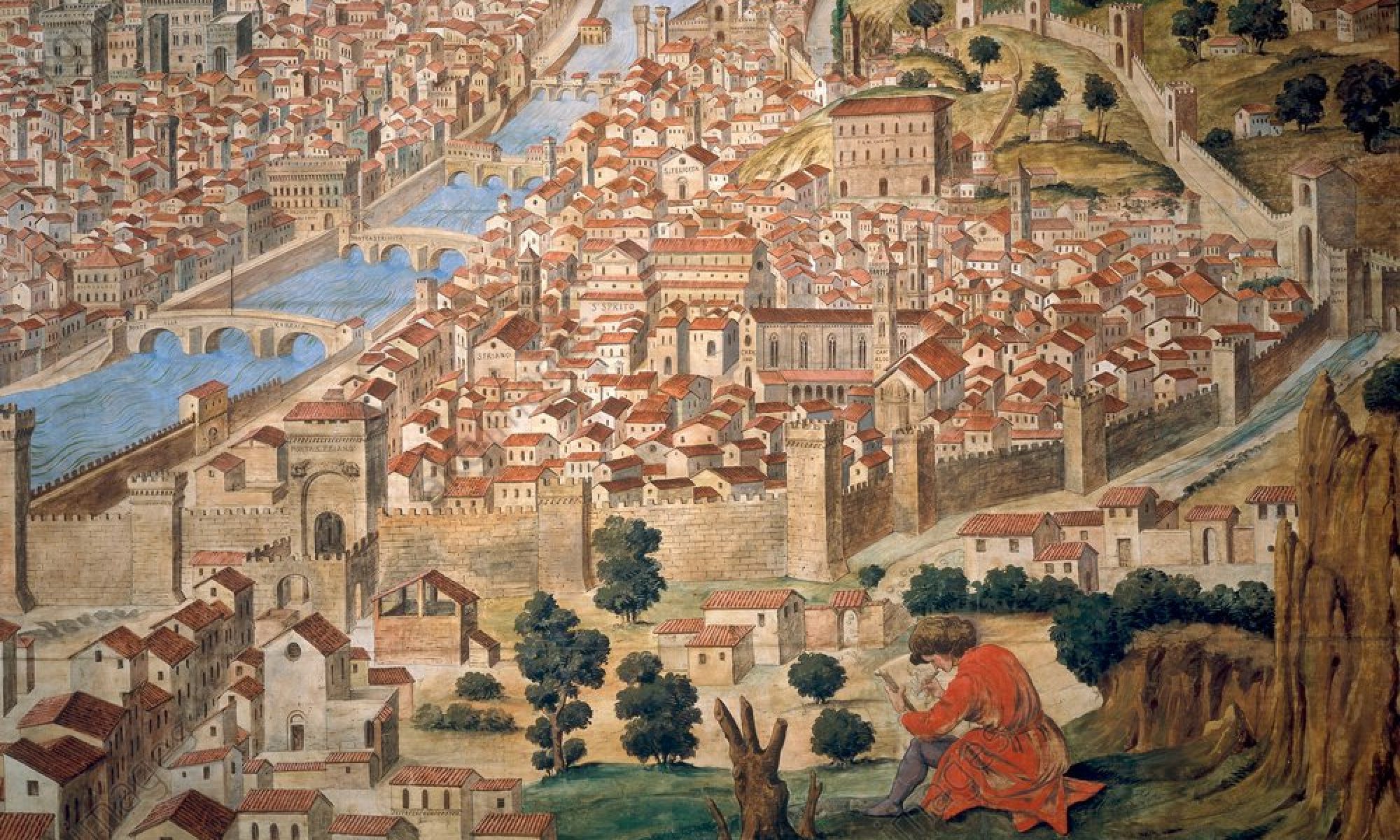Paperback: 640 pages
Publisher: Amberley Publishing (15 Oct. 2016)
Language: English
ISBN-10: 1445660334
This book was just sheer excitement. It was Biggles for real. When Scramble was offered to me I thought it was the war in the air from a historian’s point of view but I soon discovered it was written by one of Britain’s last Ace’s.
As a young man Tom Neil was one of those, good looking, smiling, clean cut patriotic lads. The industrious kids who were proud of Britain for reasons apart from being good at athletics. He thought the King and Queen were smashing, he was proud of the Empire and didn’t flinch at putting country before himself.
To Neil the thought of an objector was abhorrent, and he had no qualms about backing up his convictions by going into action to fight the vile “Hun”. This chap was hardly 19 when the Battle of Britain began, yet like so many others there was hardly any reserve. Like a character from WE John’s creation or the like, Neil longed for action, and a crack at the enemy.
When the first casualties started coming in during the early days of the war, his ardour was heightened rather than dampened, though he grieved for lost friends one gets the impression there wasn’t much time to indulge in such a luxury, not when you were likely to be flying on average 3-4 sorties a day. Doubts about death or the morality of killing ones fellow man didn’t come into it. Sleeping, eating and scrambling was what kept pilots occupied in mid 1940.
Scramble is a compilation of 3 books, so it’s quite long, but Neil’s style is an engaging one. Part classic memoir, in which there is humour, a touch of drama and anecdote, and part action novel, in which the reader seems to be with Neil in the cockpit of his Hurricane, thinking his thoughts and feeling his reactions.
It begins with his early life in Manchester, his introduction to flight and obsession with joining the RAF. The obstacles thrown in his way to get there. Whether it be his parents, or the snobbish officers at his first interview who took dislike to him because he came from Manchester and took the train because he had no car.
Back in the pre war days the recruitment process was apparently more selective. Joining as a volunteer got him in the air, and away from his home to Scotland where with the phoney war in full swing, he finished his training and got a little instruction in some of the more worldly aspects of being a fighting man as well.
The book follows his career, in which he scored enough kills to be considered an ace several times over and is now the highest scoring fighter pilot left, through the Battle of Britain into the defence of Malta. Reading this book I just couldn’t shake the feeling that this generation was indeed truly remarkable for their ability to look death in the face, trouser their hands and smile.
Neil’s remembrances are sharp, not always kind, but usually gracious. For instance he has an affecting way of handling profanity as well, which is refreshing when you chat usually step into a high street anymore without hearing what Neil would call a “Holy word”. Not that the account is sanitised, these are just the many ways by which we can hear a very personal voice. And alongside his combat experiences are nuggets of his personal life which allow for contrast.
The passages are as one would expect littered with casualties, no sooner is a man introduced than Neil will observe heavily that “poor” this or that, he was killed later, or afterwards we found out he had been shot down. As the casualties mount such sentences become more frequent yet, in the thick of it there was only the briefest of gaps to toast a missing face in the mess.
The recollections of action, air warfare before the jet, are fascinating. I like detail, even if I don’t know about the subject, and I’m not a pilot, I like to know that I’m in the hands of an expert. The phraseology Neil uses to describe aircraft leaves one in no doubt that this man saw it with his own eyes. Searching for the enemy in the tinder boxes called Hurricanes, the first sign of them as they climbed to altitude was the garden of brown flak blossoms bursting. Beyond which, as they got closer, emerged the fly like dots of fighters and the droning slug like shapes of bombers.
As an experienced combat pilot Neil has some firm ideas about how things should be done. And fans of the good old Spitfires and Hurricanes will be put out to hear the veteran remark at the excellence of the Me 109, which could climb, fly and dive much faster than the British machines, and according to Tom Neil that’s all a good pilot needs
Dogfights are fast and furious, your not even sure what’s going on, sometimes the fight ends so arbitrarily it beggars belief. The act of shooting down an enemy plane seemed to come slowly to Neil, but it wasn’t out of disinclination. And there is a distinctly impersonal nature to air warfare, as if the pilots found it easier to fight because they could shoot at machines, and forget about the people in them.
There is some merit to the idea that you should read general histories before hitting primary sources, but when it’s a book like Scramble I’d suggest you do just that, scramble and get a hold of it.
Josh.



You must be logged in to post a comment.